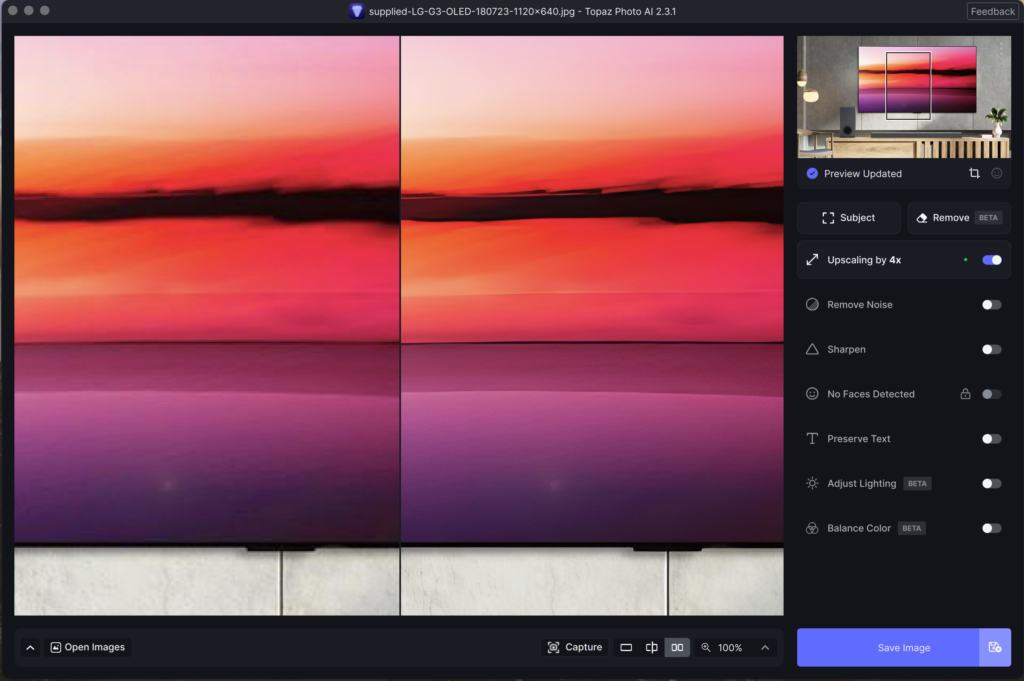Introduction
Winter in Calgary is as magical as it is challenging. The city transforms into a snowy wonderland, with homes and streets illuminated by stunning outdoor lights. However, the harsh winter weather can pose significant challenges to maintaining the longevity and performance of your outdoor lighting. Ice, snow, extreme cold, and fluctuating temperatures can all take a toll on your lights if they’re not properly prepared.
This blog provides a comprehensive guide to winter-proofing your outdoor lighting system, ensuring your displays remain vibrant, functional, and safe throughout Calgary’s long winter months. From choosing the right materials to proper maintenance techniques, you’ll find actionable tips to protect your investment and enhance your home’s curb appeal.
Section 1: Why Winter-Proofing Outdoor Lighting Matters
Challenges of Calgary’s Winters
- Extreme Cold: Temperatures can plummet below -20°C, causing brittle materials to crack or fail.
- Snow and Ice Accumulation: These can weigh down or obscure lights, reducing their effectiveness and potentially causing damage.
- Moisture Issues: Snowmelt and freezing rain can infiltrate lighting fixtures, leading to short circuits or corrosion.
- Wind and Storms: High winds can dislodge poorly secured lights, creating safety hazards.
Benefits of Winter-Proof Lighting
- Prolongs the lifespan of your lighting system.
- Ensures consistent performance throughout the season.
- Enhances safety by preventing electrical hazards.
- Saves money on repairs and replacements.
Section 2: Choosing the Right Winter-Resistant Lighting
1. Opt for LED Lights
- Why LEDs?
- LEDs perform well in cold weather, as their efficiency increases at lower temperatures.
- They consume less energy, reducing the risk of overheating or damage.
- Long-lasting and durable, LEDs can withstand the rigors of Calgary winters.
- Recommended Features: Look for waterproof and shatterproof LED lights with a high IP (Ingress Protection) rating, such as IP65 or higher.
2. Select Weatherproof Fixtures
- Choose fixtures specifically designed for outdoor use, with seals to keep out moisture and snow.
- Use corrosion-resistant materials like stainless steel, aluminum, or powder-coated finishes.
3. Use Low-Voltage Lighting
- Low-voltage systems are safer and more energy-efficient, reducing the risk of electrical hazards in wet or icy conditions.
4. Consider Solar-Powered Lights
- Solar lights with built-in batteries are an eco-friendly option, requiring no wiring and minimal maintenance.
- Ensure they are placed in areas with maximum sunlight exposure to charge effectively, even on short winter days.
Section 3: Installation Tips for Winter Durability
1. Secure Your Lights Properly
- Use durable mounting hardware designed for outdoor use, such as clips, hooks, or brackets.
- Avoid nails or staples, which can damage the wires and reduce weather resistance.
2. Elevate Wiring
- Keep wiring off the ground to prevent damage from snow, ice, or foot traffic.
- Use protective conduit or cable covers for added safety.
3. Install GFCI Outlets
- Ground Fault Circuit Interrupter (GFCI) outlets prevent electrical shocks and short circuits caused by moisture.
- Ensure outdoor outlets have weatherproof covers for additional protection.
4. Optimize Placement
- Position lights away from areas prone to heavy snow accumulation or dripping water, such as roof edges.
- Focus on highlighting architectural features, pathways, and key landscaping elements for both aesthetics and safety.
Section 4: Maintenance Tips for Winter-Proof Outdoor Lighting
1. Regular Inspections
- Check lights weekly for signs of damage, such as frayed wires, broken bulbs, or loose connections.
- Remove snow or ice buildup carefully using a soft brush or cloth.
2. Protect Connections
- Use waterproof connectors and electrical tape to seal all connections.
- Apply dielectric grease to prevent moisture infiltration in plugs and sockets.
3. Clean Fixtures
- Remove dirt, snow, and grime from fixtures to maintain brightness and efficiency.
- Use a non-abrasive cloth and mild detergent for cleaning.
4. Replace Faulty Components Promptly
- Swap out broken bulbs or damaged wires immediately to prevent further issues.
- Keep spare parts on hand for quick replacements.
5. Schedule Professional Maintenance
- Hire an expert to inspect and maintain your lighting system at the start of the season.
- Professionals can identify and address potential problems before they escalate.
Section 5: Energy-Saving Strategies for Winter Lighting
1. Use Timers or Smart Controls
- Automate your lighting schedule with timers or smart home systems.
- Limit runtime to evening hours to reduce energy consumption and extend bulb life.
2. Switch to Energy-Efficient Lighting
- Replace outdated incandescent bulbs with LEDs to save energy and lower your utility bills.
- Use solar-powered lights where feasible for maximum sustainability.
3. Focus on Key Areas
- Illuminate high-impact areas like entryways, pathways, and focal points instead of overloading every surface with lights.
4. Leverage Reflective Surfaces
- Use mirrors, tinsel, or snow to amplify light without increasing energy use.
Section 6: Dealing with Common Winter Lighting Problems
Problem: Lights Not Turning On
- Possible Causes: Frozen wires, loose connections, or tripped GFCI outlets.
- Solution: Check connections, reset the outlet, and ensure fixtures are free of ice.
Problem: Dim or Flickering Lights
- Possible Causes: Voltage drops due to cold weather or moisture in the system.
- Solution: Use insulated cables and waterproof connectors to stabilize the power supply.
Problem: Ice Damage
- Solution: Install heat cables or shields to protect lights from icicles and ice dams.
Conclusion
Winter-proofing your outdoor lighting is essential for homeowners in Calgary who want to enjoy a safe, reliable, and beautiful display throughout the cold season. By choosing durable materials, following proper installation practices, and maintaining your system diligently, you can protect your investment and elevate your home’s curb appeal.
Whether you’re preparing for Christmas or illuminating your landscape year-round, these tips will ensure your lights shine brightly and withstand Calgary’s winter challenges.

